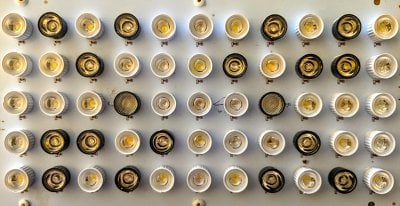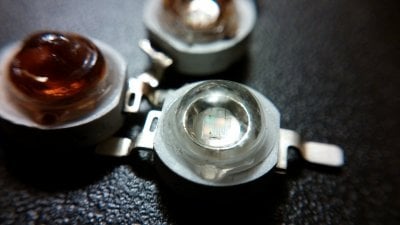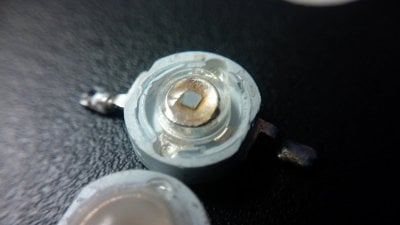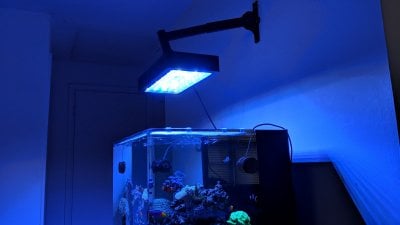- Joined
- Sep 8, 2015
- Messages
- 6,514
- Reaction score
- 6,512
I know. I don't know what happened. I removed the lenses and this is what happened..followed by my vermiculata rtn'ing within 3 hours that thing was bone white.I interpret that response as "what the heck?????"


























